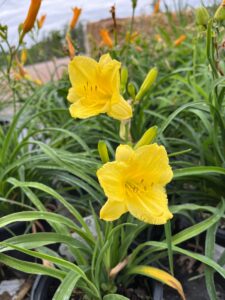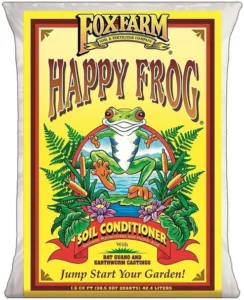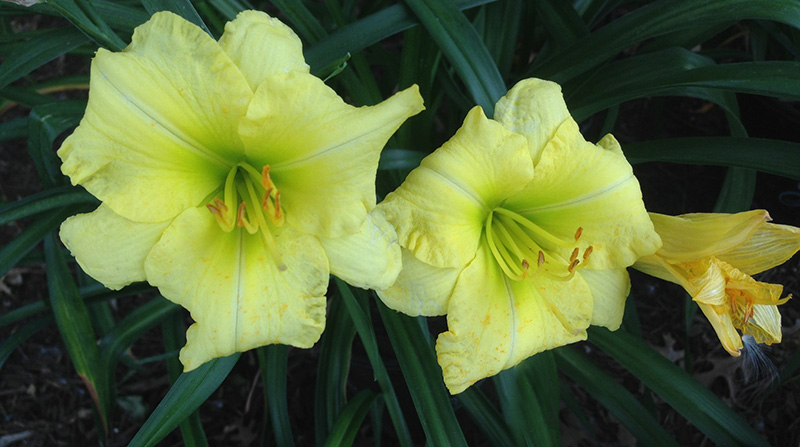Growing up with Daylilies in Ohio, I remember appreciating their bright showy flowers everywhere. They were one of the many flowers I missed after moving to Texas 47 years ago. Now that I have a yard that is fenced-off from the deer, I can once again enjoy the day-long blooms of these beauties.

Daylilies do best with full morning sun and full afternoon shade to dappled shade in the central Texas area. The morning sun helps the blooms to open. And, since each flower is open for only a day, the earlier they open, the better! (Planting them in all-day sun here may lead to their demise.)

Work some compost into the soil pre-planting, as this is your chance to amend without damaging roots. Plant your daylilies level with the soil, and water as-needed for the first few months before turning them over to your sprinkler system. If you can avoid overhead watering by installing drip lines, you may avoid future disease problems.
Daylilies are tolerant of many soil types, but do best in slightly acidic, well-drained soils. Try to keep some moisture in the soil at all times without letting the soil get soggy. Water deeply, to a depth of 9”-11”, when you water. Mulch will help conserve moisture around the plants.

Fertilize with a good organic fertilizer for flowering plants, such as Fox Farm Fruit and Flower. Fertilize once in the spring before bloom and once in the early fall.
Daylily cultivars are classified as evergreen, semi-evergreen and dormant. Many varieties are also fragrant. There are many “re-bloomers” available as well, so check labels for specifics. Clip spent blooms off the “scapes” (bloom stalks) individually as they fade. Do not cut the entire “scape” from the plant until it has turned brown and can be removed by a gentle pull.
Daylilies have few pests, most of which are easily controlled. Avoid overhead and nighttime watering if possible, as wet leaves when temperatures are between 55-85 degrees may become infected with a “leaf-streak” fungus. This is easily controlled by fungicide. Another fungus, called Rust Fungus, may also appear under these conditions, and may also be controlled with fungicides. Thrips and spider mites should be treated with appropriate insecticides if observed. Aphids may also appear on the “scapes”, and may be controlled with insecticidal soap or neem oil.
The genus Hemerocallis, or Daylily, is known to be toxic to cats, but not to dogs. (Always check with the ASPCA Poisonous plant website before planting new species where animals live.)



